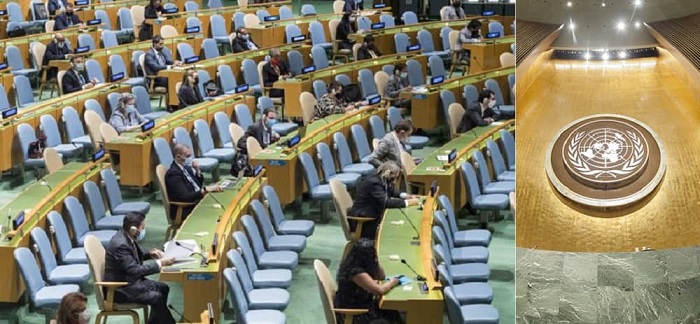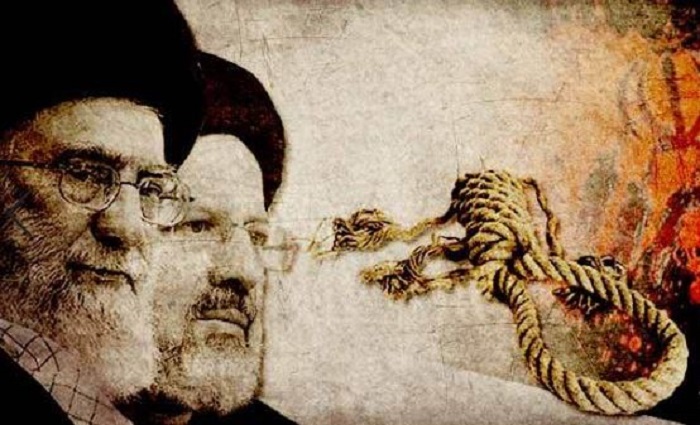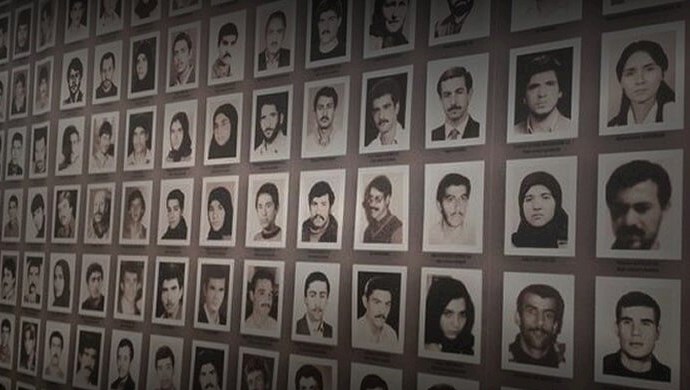
On Friday, the United Nations General Assembly passed a new resolution denouncing Iran’s ongoing human rights violations. It is the 68th of its kind, and it comes at a time when many of the key concerns are worsening as a result of the religious regime’s growing weakness and attempts to compensate by consolidating power.
The UN General Assembly passed a new resolution
Supreme Leader Ali Khamenei confirmed Ebrahim Raisi as the regime’s new president in June. Raisi had previously served as the judiciary leader for more than two years, also as a result of Khamenei’s nomination During that time, he oversaw important portions of a dissident crackdown provoked by widespread protests in November 2019. His contribution to the crackdown was unsurprising given his history, and his election to the presidency had predicted an escalation in human rights violations across the board.
Alarming trends in statistics connected to prisoner executions and other top-line concerns highlighted by the last UN resolution have verified this fact. Although the resolution makes minimal mention of Raisi’s participation in the increasing abuse of the death penalty, the Iranian Resistance has kept track of statistics that reveal how the human rights situation has deteriorated since Raisi gained office.

The average number of executions has increased
The Iranian Resistance said that at least 31 inmates had been executed since the start of the Iranian calendar month on November 22 a day before the UN resolution was issued. Furthermore, on December 15, just days before the report’s release, at least six detainees were executed. Prior reports from organizations such as Iran Human Rights Monitor revealed that following Raisi’s election to the presidency, the average number of monthly executions had drastically increased. The average was roughly 26.6 in the five months preceding that development, and it was estimated at 35.6 in the five months thereafter.
Unfortunately, by failing to enforce sufficient pressure on the government, Western politicians have aided Tehran’s impunity in terms of human rights and other criminal activities.

The massacre of 30,000 political prisoners
The UN resolution emphasized the significance of “credible, independent, and impartial investigations in response to all cases of serious human rights violations…including enforced disappearances, extrajudicial executions, and evidence destruction in connection with such violations.”
The adoption of the resolution comes nearly a year after seven UN human rights experts wrote an open letter to Iranian authorities, urging transparency and accountability in the aftermath of the regime’s single worst crime against humanity, the massacre of 30,000 political prisoners in the summer of 1988. The special rapporteurs stated in that letter that the massacre was included in an early UN resolution on Iran’s human rights situation, but that no relevant authorities had followed up on it.
“The failure of these bodies to act had a devastating impact on the survivors and their families, as well as on the general situation of human rights in Iran,” the letter claimed, adding that it “encouraged Iran… to maintain a strategy of deflection and denial that continues to this day.”

Follow Maryam Rajavi’s on her site Twitter & Facebook and follow NCRI (Twitter & Facebook)
and follow NCRI (Twitter & Facebook)
MEK Iran (on Twitter and Facebook)
and People’s Mojahedin Organization of Iran – MEK IRAN – YouTube







